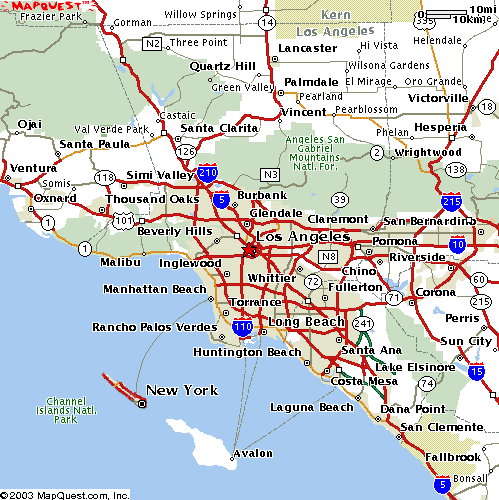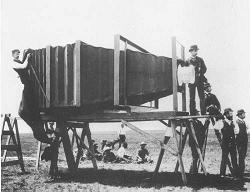
Encinitas often feels to me like some sort of alternate suburban utopia, as if it is somehow immune to the blandness and impartiality that I'm used to seeing in the outer reaches. This is a prime example. These local businesses aren't protected by neo-marxist community law, tourist flow, high property prices, or even a walkable neighborhood. The coffee shop is drive-by only (although I walked up to the window, which may have precipitated a free size upgrade). There are plenty of Ralphs, Starbucks, and Targets down the street. And yet the area is almost choked with small businesses and restaurants co-existing peacefully beside their corporate counterparts. Every time we drive down I try to figure out why it works.
It might be as simple as the ocean, a mile away and a constant presence in this linear city. The Pacific is a social aggregator for these towns, providing lots of recreation and chance contact, and keeping house prices elevated (although, at least this far north, not ridiculous). This, combined with the topography and preexisting older neighborhoods, keeps developments, and their constituent lots, small and packed together. Most of the side effects are seen between the 5 freeway and the beach, in a string of cute, well-preserved main streets and boardwalks. But a secondary (and for me, more powerful) benefit is in the thriving tiny businesses in the second floors and back lot pads of strip centers over the hills. There is an addictive combination of jerry-rigged, frugal atmosphere with surprisingly high quality that is endemic in the burrito stands, haircut stores, sewing emporia, and, yes, flower shops you find scattered along this stretch of North County.
So I got my coffee and Katy got her flowers:

And we both went home happy.














.JPG)
.JPG)
.JPG)
.JPG)
.JPG)





